I started dabbling in film photography around November 2022.
My parents used to have a point-and-shoot film camera for family pictures, so film is not new to me. I can remember inspecting our camera and what it is (Kodak Star), but never learned how to use it.
They stopped taking family pictures when my dad got really upset because the lab ruined our last film and lost all the pictures. They never used a camera since then.
I took my first pictures with the camera on my Nokia 3200 (or perhaps with a webcam). By that time, analog photography has declined, stores stopped selling analog cameras, and labs closed down.
Getting a film camera
In the digital camera and smartphone era, there are only a handful of companies that make film cameras, like Leica, Lomography, and disposables that you can find on some grocery and online stores.
Getting a used or disposable film camera is the easiest and cheapest way to get into film photography. I found a store in North Park, San Diego called Camera Exposure, which has a great collection of used cameras. They also have a development lab, so it's a one-stop shop. If you're a local, check them out!
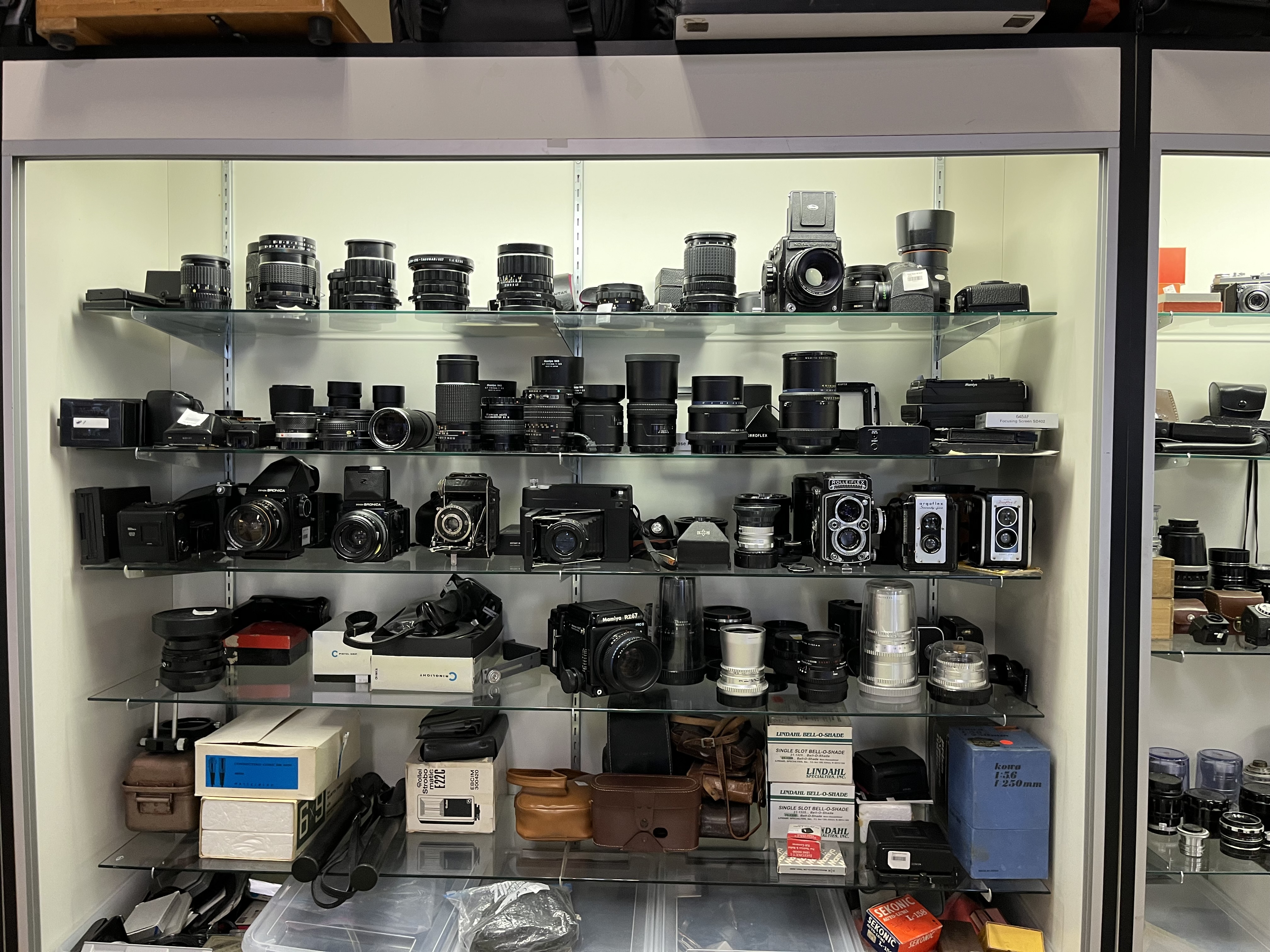
A recent resurgence of film photography pushed up the prices of used film cameras and films. I bought a Canon A-1 ($350) for me and a Minolta X-370 ($180) for my sister, both with 50mm (a.k.a. nifty fifty) lens.
I could've find cheaper ones if I looked harder, but it's good to support small local businesses.
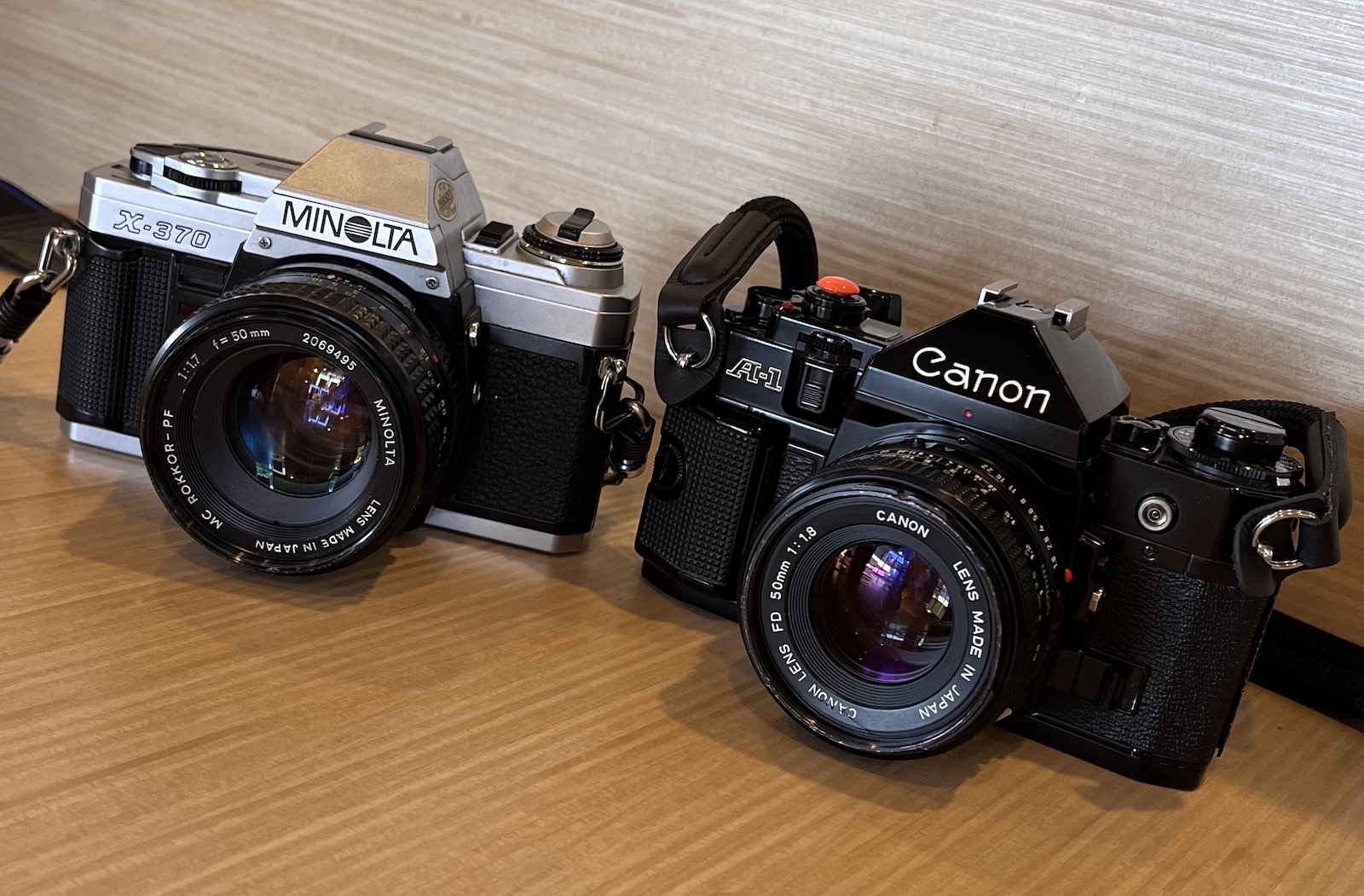
Canon A-1
My Canon A-1 is a 40-year-old 35mm black camera that's still in excellent condition and I really love it. It's a bit heavy but feels sturdy. The grip makes it ergonomic to use.
While focusing the lens and advancing/rewinding the film are manual operations, it's an electronic camera with all-digital control. The shutter priority (Tv) and aperture priority (Av) modes makes it really easy to create well-exposed images.
It only needs one 4LR44 battery to operate, which can last for quite some time depending on how frequent you take pictures.

It is equipped with a Canon FD 50mm 1.8 lens. The FD lens works with the auto-exposure (AE) function of the camera.
Costs and development
Films nowadays cost $10 or more (see prices back in 2005). Color films are more expensive. A roll of Kodak Portra 400 is around $18. I usually buy a pack of 5 from B&H that costs $75.
I go to Camera Exposure to have my films developed. The regular 35mm color films are developed through a process called C-41. Most film labs can process them.
For developing a single roll, I spend around $8 for the development and about $10 for the scanning (6MP). I live about 11 miles away from the lab, so that's roughly $3/trip on gas. I get the photos after 3-5 busines days.
I also tried Atlanta Film Co. 250D films, which are rebranded motion picture films with the remjet. It requires the ECN-2 process that's not available on my local lab. The development costed me $19/roll excluding shipping fees. I got the photos after 10 business days.
The photos
Here are some of the photos I took with my Canon A-1.
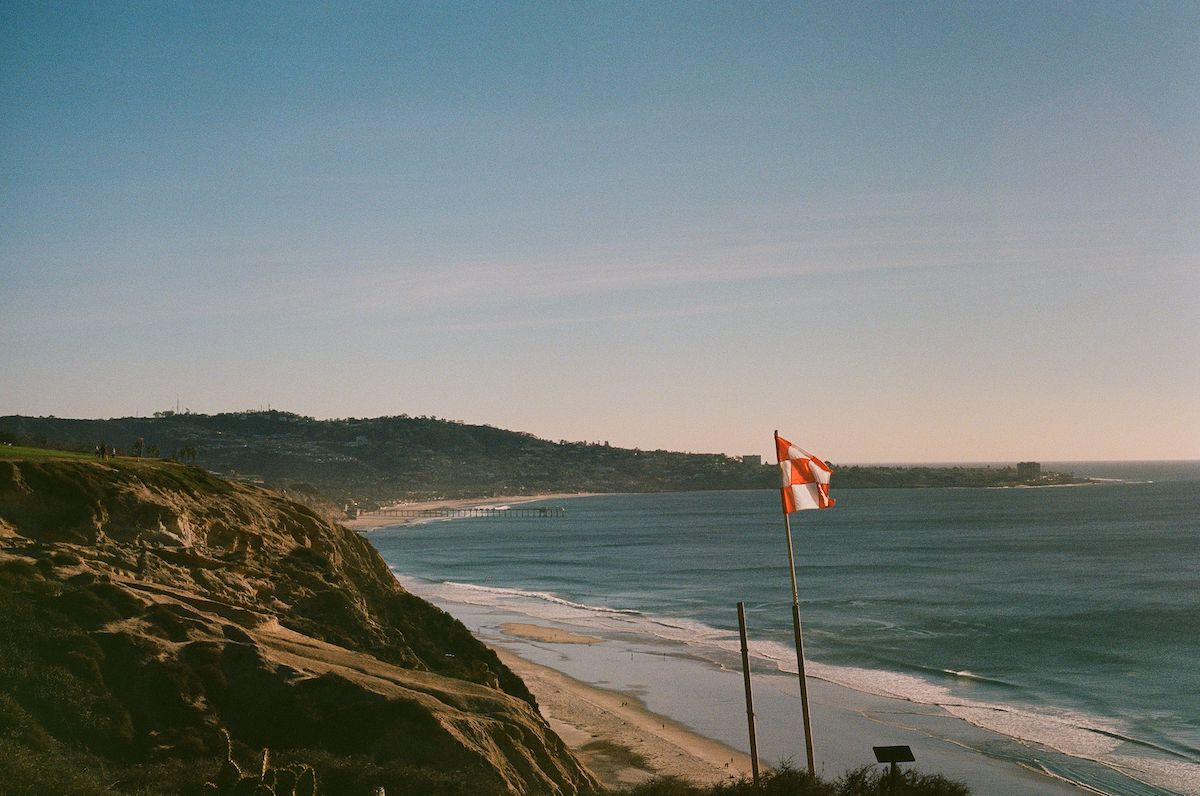

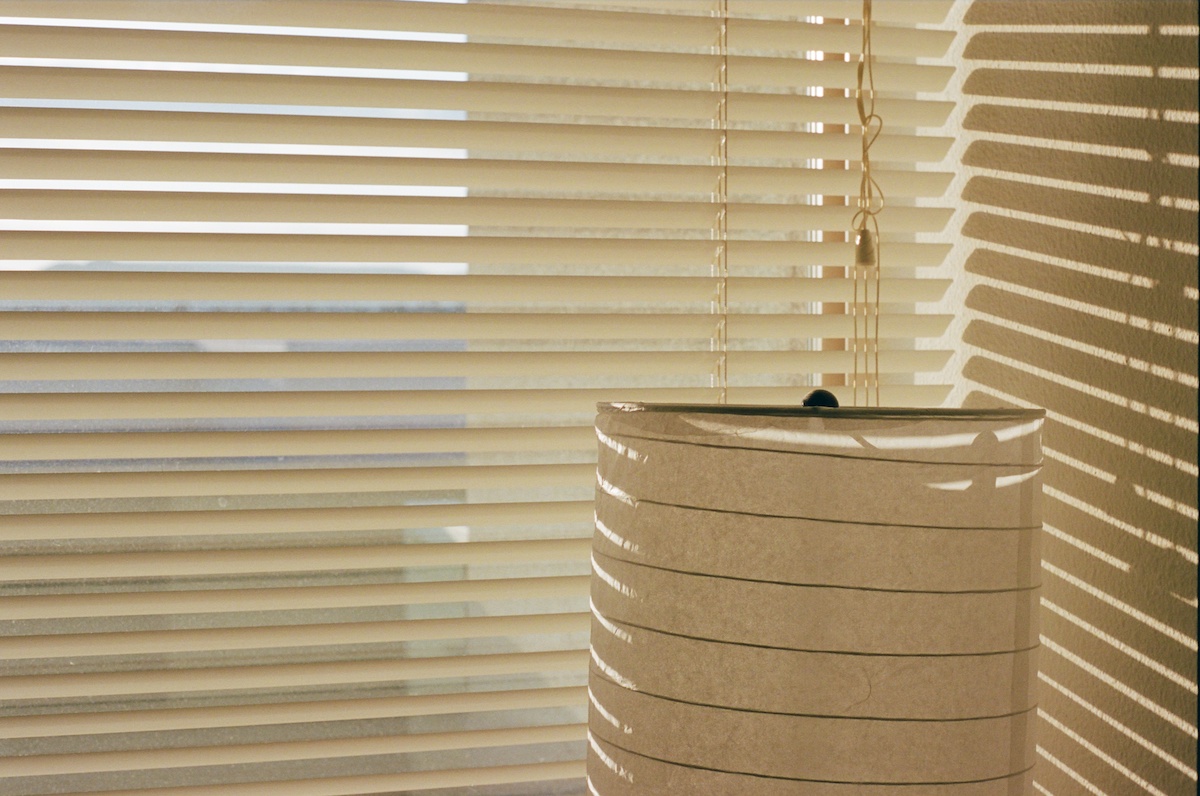
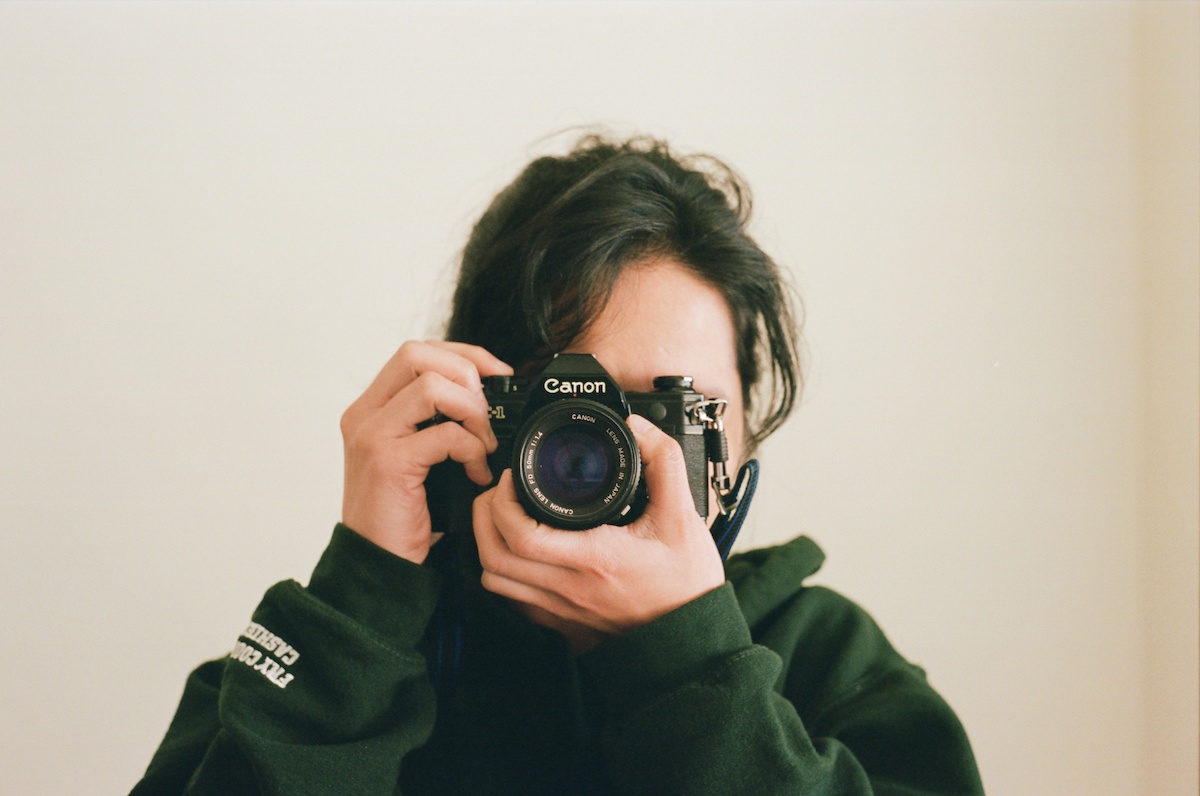
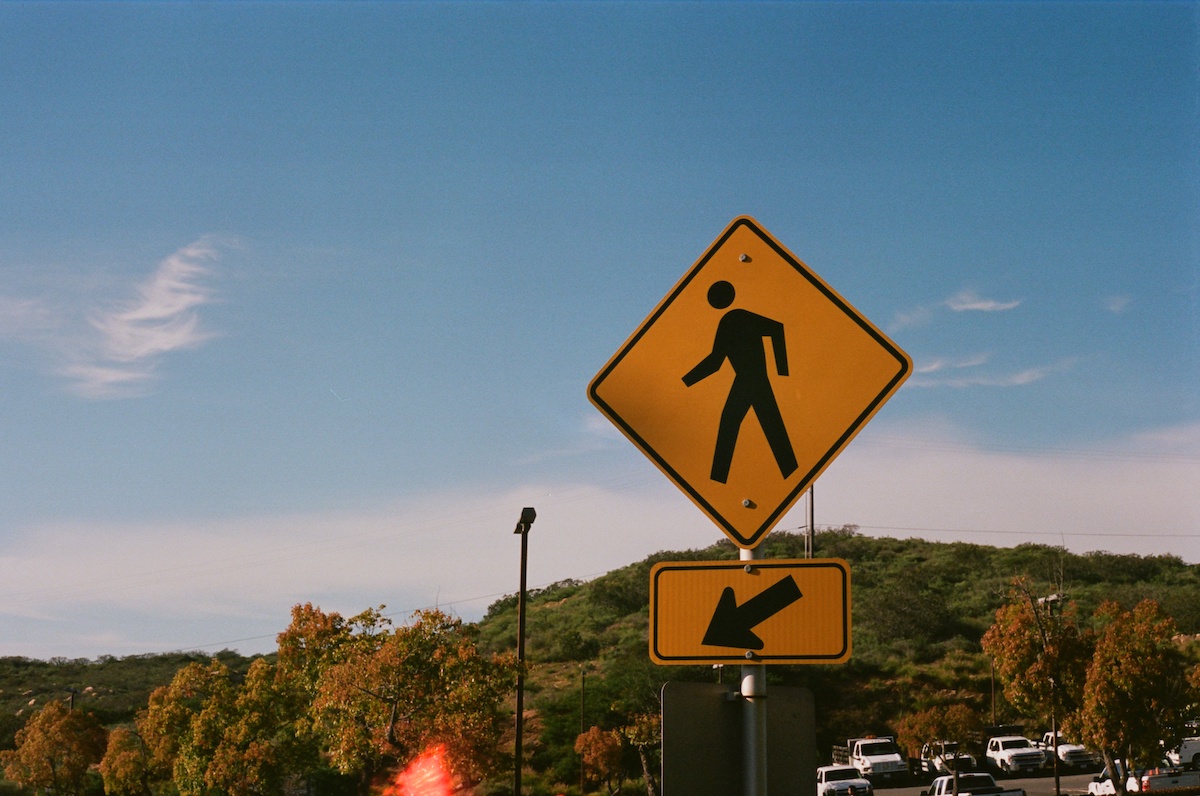

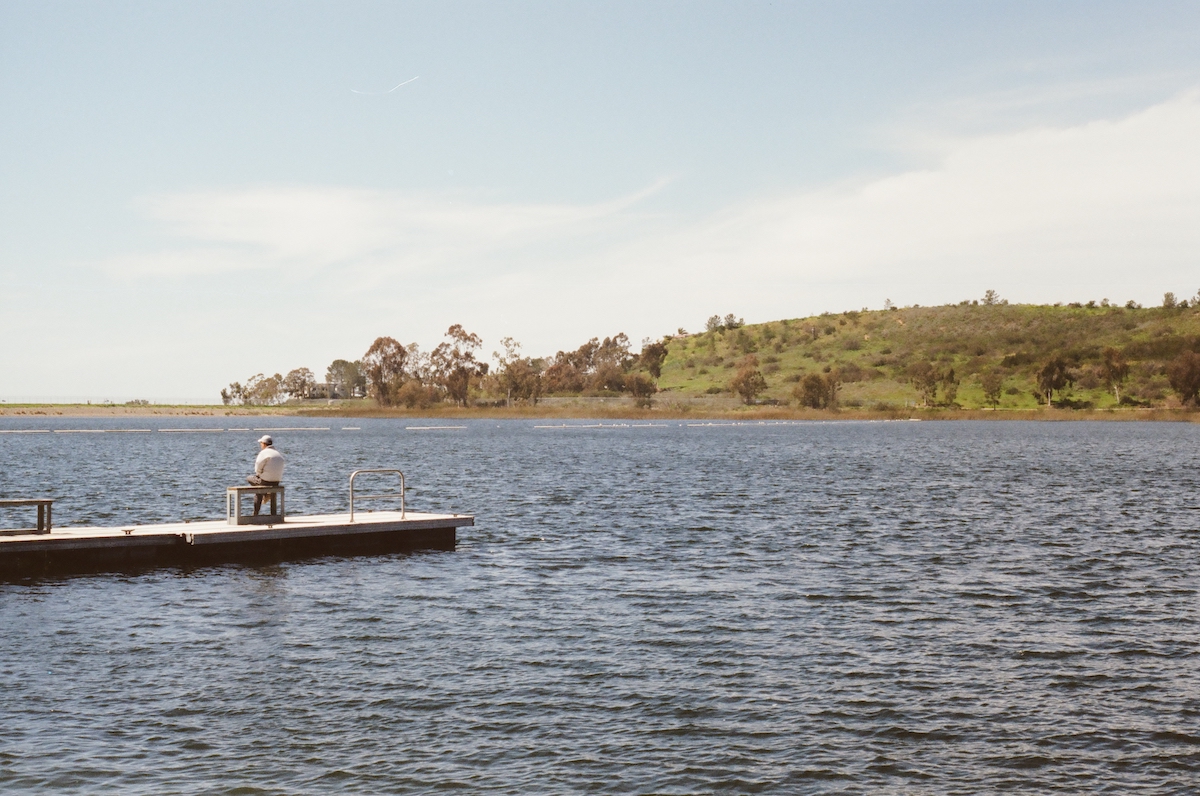
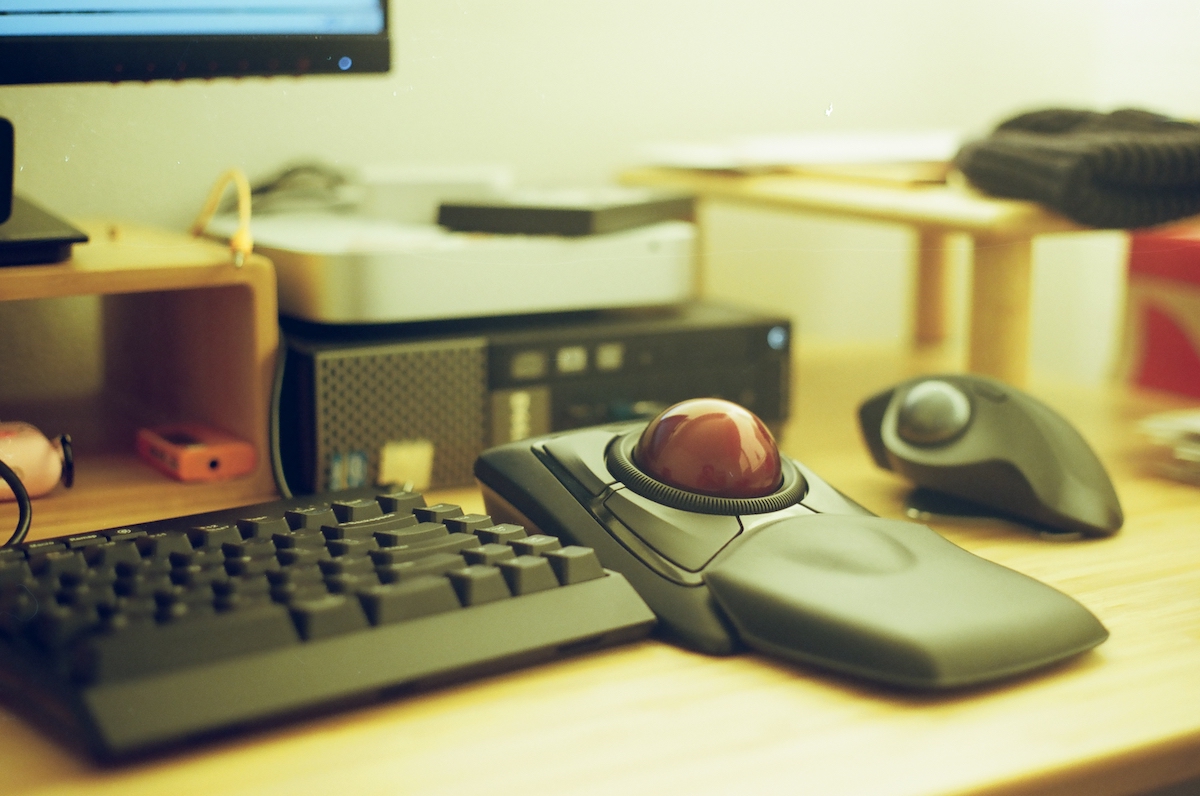
These are unedited shots. The color effects (a e s t h e t i c s) varies from film to film. So far, I've used Kodak Portra 400, Atlanta Film Co. 250D, and CineStill 800T.
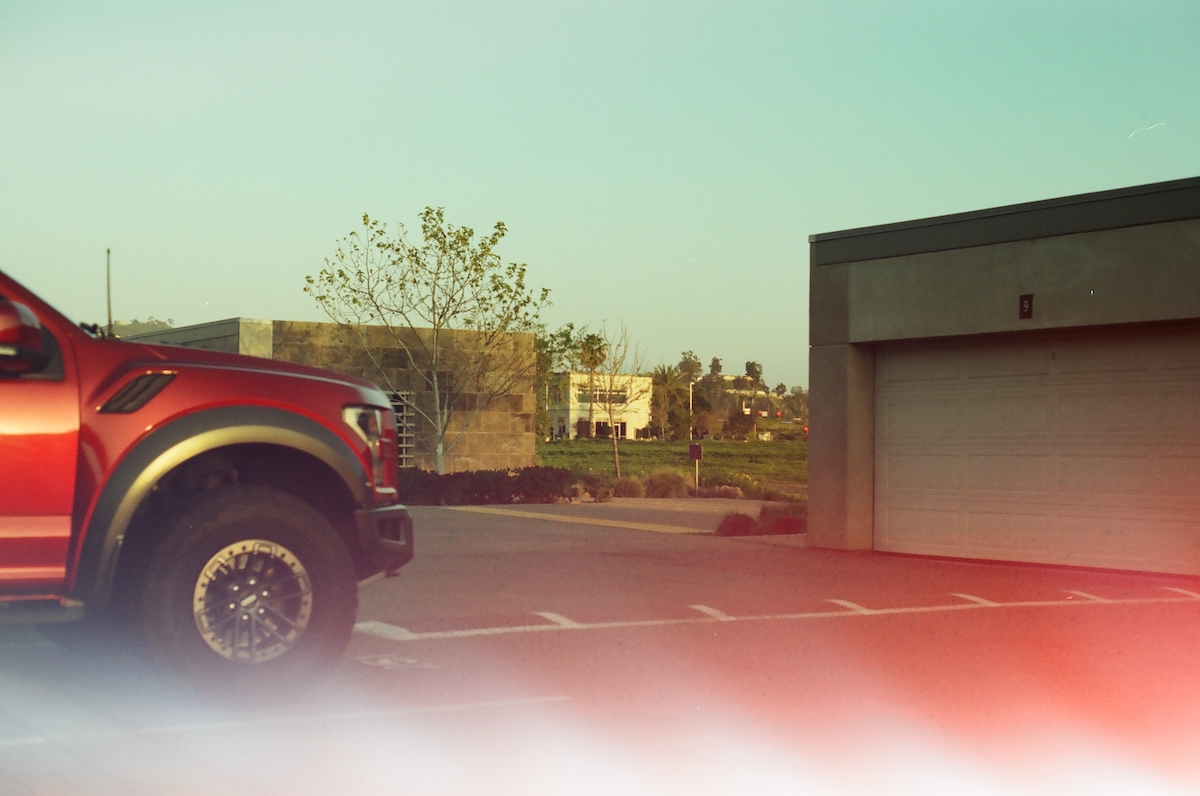
With a film camera, light leakage or mistakes like accidentally opening the camera with the film not fully rewound can ruin your photos.
Conclusion
Other than the experience, there are no benefits in using film over digital. I just find my Canon A-1 really fun and simple to use and it matters to me.
When I was buying my camera from the store, there was a guy there who bought an Olympus XA for his girlfriend and said "I never regretted buying film cameras." The same goes for me: I never regretted buying my Canon A-1.
